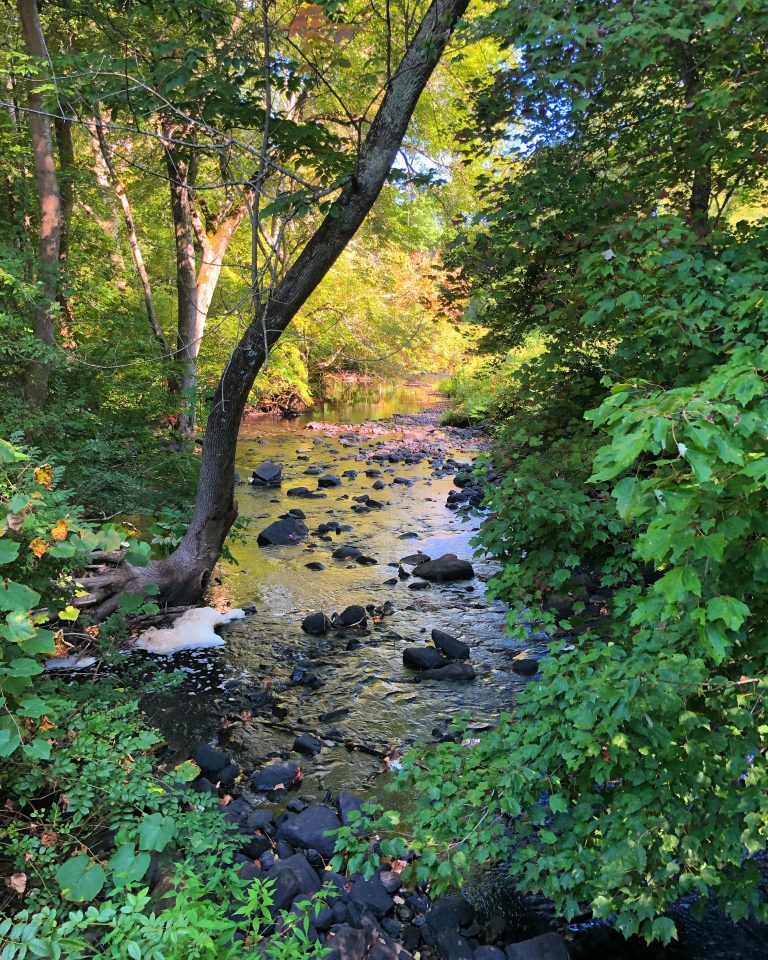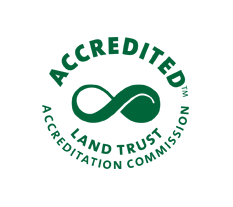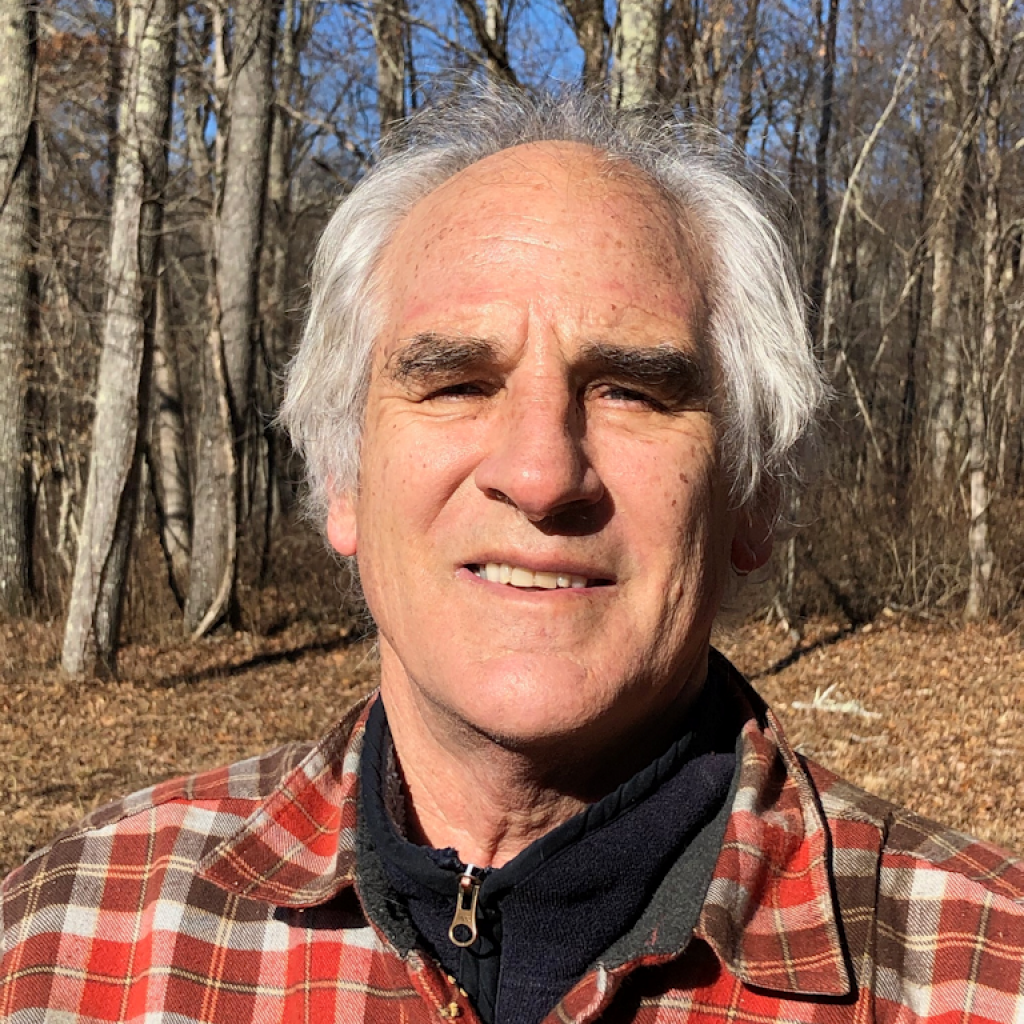Land Conservation
The core of our mission is to “conserve in perpetuity for the public benefit Lyme’s natural, scenic and historic land and water resources.” With the help of our community, and local and regional grant programs, we are able to save land in and around Lyme, through donations, grants, and grass roots fund raising. Over half of Lyme is protected!
To date, the Land Trust has 45 fee-owned parcels totaling 1133 acres, and manages 72 private landowner conservation easements totaling 2,085 acres – protecting over 3,218 acres!
These properties interweave with protected State of Connecticut parcels, Town of Lyme properties, and Nature Conservancy preserves to create a massive web of multi-parcel trail systems. The Land Trust parcels alone host over 13 miles of trails in 651 acres of public access preserves in Lyme.
Of course, acquiring land is not enough. This is only the first step of a long journey to protect the natural beauty of Lyme. Each conservation success brings permanent responsibilities. The Land Trust has a legal obligation to steward and protect the conservation restrictions placed on the land– forever. This requires a combination of staff, volunteers and funding to help us succeed in our mission to care for the land.
We care for two types of properties: fee-owned and private easement.
Map of fee and easement properties
- Fee properties are owned by the Land Trust and we are responsible for the management and care of that property. Our fee properties are often open to the public and provide trails to access the property. A management plan is developed for each fee property to guide the Land Trust as it cares for the property.
- An easement property is one where a private landowner has placed a conservation restriction on their property to protect specific conservation values. In exchange, the landowner often receives tax breaks or other deductions and the knowledge and confidence that the land will be protected forever, with the important conservation goals they have set in place. The landowner continues to own the land and may sell it or pass it on their heirs, but the conservation restrictions remain with the property permanently. The property remains private and public access is not usually allowed. The landowner also agrees to allow the Land Trust to conduct intermittent monitoring and annual visits. The landowner can also consult with the Land Trust for guidance on their conservation methods and best practices, in order to be good stewards of their land and remain in compliance of their easement.
If you are interested in learning more about these types of properties, please email Scott Gravatt, Preservation Chair, s.gravatt.@comcast.net OR Tony Irving, President, anthonyinlyme@gmail.com







